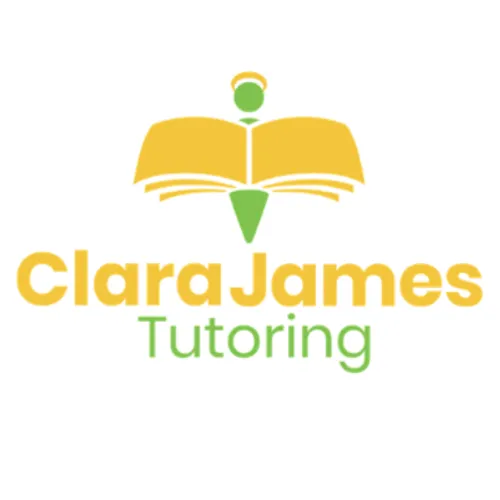Clara James Tutoring
BLOG POSTS

A cunning trick for multiplying 11 by double digits
This is potentially one of my favourite times-tables tricks. I hope you find it helpful too
A few weeks ago, I was working with a lad, he’s brilliant, he’s just finished his GCSEs. We had just a couple of minutes left of the lesson, so we decided on a game of times-tables-noughts-and-crosses.
I pulled up the grid and asked what he’d like to multiply by. He answered 11.
Considering he was doing the higher paper I agreed but thought I’d ‘be clever’ and make the numbers in the grid double digits to make it harder.
But he was still answering them within a flash.
I asked if he was using a calculator and his mum, whom I hadn’t realised was also there, said he was just using a trick that he had learned.
This was eye-opening to me, so I thought I’d share it with you too:

Multiplying single digits by 11 is simple.
The digit you are multiplying by 11 is written down twice instead of once:
11x3 = 33
11x8 =88
And this apparently is how you multiply 11 by a double digit easily:
Simply add the 2 numbers you are multiplying by 11 together:
12x11
(1+2 = 3) and slide the answer (3) between the number you were multiplying 11 by: 132
16x11
1+6 =7
Split the 16 and put 7 in the middle
16x11 =176
Another example:
32x11
3+2=5
Split the 32 and place the 5 in the middle:
352
Why not give it a go and see how you get on.
Good luck!
Each week we send out a weekly email offering hints and tips on supporting your child with their times tables. If you would like to receive it too, just drop us a message:

